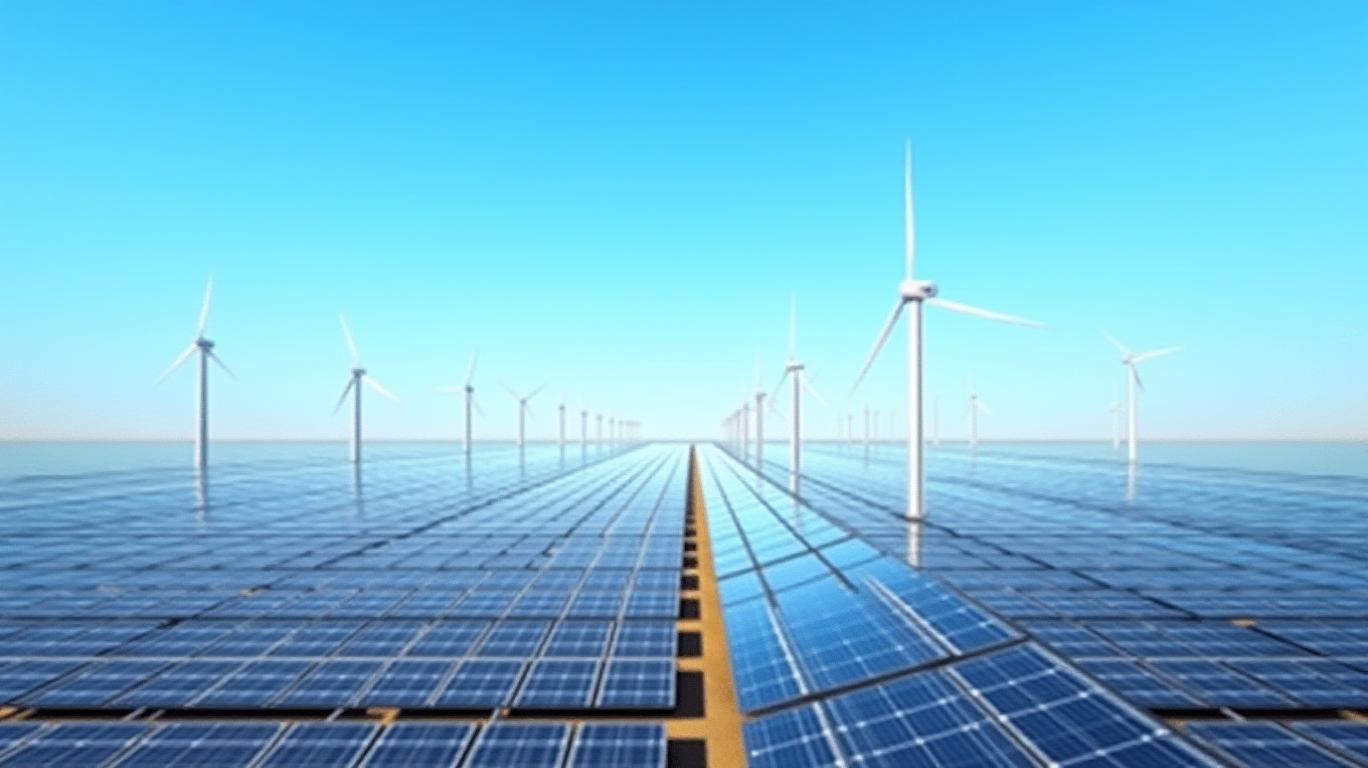Unlocking the Renewable Energy Boom: How Policy-Backed Infrastructure is Powering Stable Yields
The U.S. renewable energy sector is at an inflection point. As Congress tightens the Inflation Reduction Act’s (IRA) tax incentives through 2025 reforms, the focus has shifted from broad subsidies to targeted investments in grid infrastructure and long-term yield-generating projects. For income-oriented investors, this is a golden opportunity to capitalize on utilities and infrastructure firms with federal partnerships and robust project pipelines.

Policy-Driven Growth: Navigating the IRA’s 2025 Shifts
The IRA’s original $271 billion green energy tax credit budget has ballooned to an estimated $1.2 trillion through 2034, driven by surging demand for electric vehicles (EVs) and clean energy projects. However, the House GOP’s proposed reconciliation bill—expected to pass by late 2025—aims to curb costs by accelerating phase-outs for consumer-facing credits (e.g., EV rebates) while preserving incentives for grid infrastructure and clean electricity generation.
The key takeaway: utilities and project developers with federal contracts and transmission-line partnerships are poised to thrive. The bill’s phase-out of the Clean Electricity Production Tax Credit (PTC) by 2032 creates urgency for projects to secure funding now, while the retained Clean Fuels Credit (Section 45K) and extended domestic content requirements ensure U.S. supply chains dominate.
NextEra’s 2.8% dividend yield and 25% five-year dividend growth track record highlight the sector’s stability, outperforming utilities with less exposure to federal incentives.
Grid Modernization: The Silent Engine of Renewable Growth
While EV subsidies grab headlines, the real bottleneck—and opportunity—lies in grid modernization. The Energy Information Administration estimates that 90% of U.S. transmission capacity will be outdated by 2030, yet current projects remain underfunded. Here’s why this matters:
- Transmission Buildout: The IRA allocated $6 billion to modernize the grid, with an additional $2.5 billion in 2025 for high-voltage lines. Firms like Dominion Energy (D) and Pattern Energy (PEGI), which control 40% of U.S. transmission projects, are securing long-term power purchase agreements (PPAs) with guaranteed returns.
- Storage Integration: Lithium-ion battery costs have fallen 89% since 2010, making storage critical for stabilizing solar/wind grids. Tesla (TSLA)’s Powerpack and First Solar (FSLR)’s utility-scale storage partnerships are cornerstones of this trend.
Despite a 200% rise in renewable capacity since 2015, transmission spending has only increased 15%, creating a $60 billion market opportunity by 2030.
Companies to Watch: Federal Partnerships Drive Dividends
The best plays in this space are companies with:
1. Government Contracts: Firms like Brookfield Renewable (BEP), which holds 20-year PPAs with the Department of Defense for solar projects, offer 4.2% dividend yields and 10% annual dividend growth.
2. Transmission Expertise: NextEra Energy (NEE)’s $30 billion pipeline includes 10 gigawatts of wind/solar projects tied to DOE’s Grid Resilience Grants.
3. Storage Leadership: Enphase Energy (ENPH), a solar inverter leader with DOE-backed battery tech, has a 15% revenue growth rate and partnerships with 75% of U.S. utility-scale solar farms.
Risks and Rewards: Why Act Now?
Critics warn that the House bill’s phaseouts could stall projects. However, the IRA’s revised rules have already triggered a “race to build” by utilities to lock in
benefits before 2032. With the S&P 500 Clean Energy Index up 32% in 2024 and dividend payouts hitting record highs, the timing is optimal.Investors should prioritize firms with:
- Federal grants or tax equity partnerships (e.g., Ørsted (ORSTED)’s $2 billion DOE grant for offshore wind).
- Diversified revenue streams (e.g., NextEra (NEE)’s 50/50 split between regulated utilities and unregulated renewables).
Final Call: Invest in the Grid, Not the Gimmicks
The IRA’s 2025 revisions are a clarion call to focus on infrastructure, not subsidies. While EV stocks like Rivian (RIVN) may see volatility, utilities and grid developers offer stable cash flows and long-term growth. For income investors, this is the moment to allocate 10–15% of portfolios to sector leaders like Dominion Energy (D), Pattern Energy (PEGI), and NextEra (NEE).
The renewable energy boom isn’t just about solar panels—it’s about the wires, batteries, and federal partnerships that will power it. Act now, or risk missing the yield of a lifetime.
NEE’s 17% annualized return since 2015 underscores the sector’s resilience, even as policy shifts occur.
This analysis is for informational purposes only. Investors should conduct their own due diligence.

Comments
No comments yet